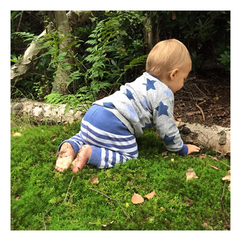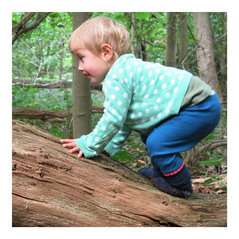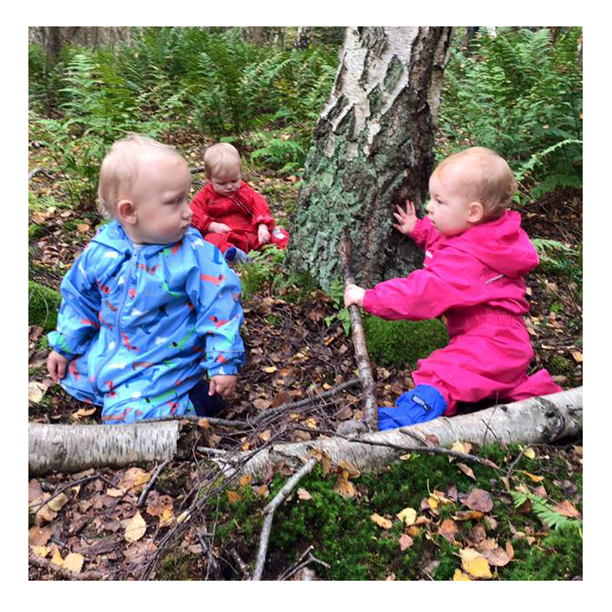|
Written by Clare Caro You know that old saying 'there is no such thing as bad weather, just bad clothing'? Well we know that it also applies to footwear! Keeping feet warm and dry is not as easy as popping a hat on, so we have brought you some ideas to help, making it possible to keep feet warm while playing for hours outside, especially on those wet, cold days. Warmth On those really cold days, you know its time to head in when your toes start going numb. We have two top tips for you, on how to keep toes warm when you are spending hours playing outside.
Soles Have a thin and flexible sole is important for young players learning to navigate uneven surfaces, finding their balance, and needing to move freely. According to the feet and shoe specialists at Vivo Barefoot “70% of your brain’s information for movement comes from the nerves on the soles of your feet; the more you can feel the ground, the greater your body’s understanding of its surrounding environment.” We suggest that crawlers have footwear made from material, this enables them to move freely and use their feet in a way that they simply can't with shoes on. For toddlers and older children, having footwear with a flexible sole means they can navigate uneven surfaces safely. Here are some top tips for choosing a sole that supports play -
 Barefoot Many parents find that their children want to be barefoot. Your children along with the orthopedic specialists, know that barefoot is best. By going barefoot they are not only developing their feet, sensory system and balance, but they will also be connecting to the earth, something widely know as Earthing. Going barefoot on a mild or warm or wet day is good for the sole! We need to provide barefoot time both inside and outside. It’s always good to remember that feet are waterproof and washable. If it is too cold then, then try warm socks which you can wash, or footwear that is like being barefoot – with room to move and a flexible soul, then we can have the best of both worlds.  Cold When the temperature really drops, we really recommend layering – both with clothing and your feet. With wool next to your skin, and another pair of socks on top, then your footwear its possible to keep feet warm for hours when there is ice on the ground. For the more experienced walker, an insulated pair of snow boots can make for warm feet when it’s below zero. Recycling There are plenty of good reasons to look for used footwear for our children.
Some Practical Suggestions Here are a few ideas, to give you an idea of what is possible - Material Bootie For the wee baby, the commando crawler, the crawling cruiser and for the one still getting to grips with being on two feet. You can't move freely with a shoe or boot, you need to be able to move and bend your feet, to grip with your toes, you need a material bootie.
Do It Yourself A thick pair of woolen socks and a pair of plastic bags tied on around the ankle. Sometimes we need to make do with what we have around us. Whether you are making your own, or have a pair of booties that don't quite fit, then try securing on with 'velcro strips', cheap and easy to pick up. Flexible Sole For those now really into walking a long way, no longer dropping down to crawl, need some more protection now, its time to get some sole. Natural Rubber Greenpeace are running a campaign to get people using and buying outdoor gear free from PFC’s, which stands for per- and poly-fluorinated chemicals. PFC's are polluting the Earth, and some PFC's can cause harm to the human body - they also happen to be used by many manufactures of waterproof and dirt-repellent products. While we fully appreciate that it can be hard to find what some products are made from, if you are looking for a pair of wellies that is non-toxic then natural rubber is a good start. Here are a couple of companies making 100% rubber boots - not toxic chemicals.
Looking for a one-stop-shop for getting the right shoes for your little ones feet? We recommend Happy Little Soles - www.happylittlesoles.co.uk If you found this helpful, you might like to read our post on Going Outdoors in the Winter: How to Dress
...take me back to the A R T I C L E S menu. Comments are closed.
|
|
Copyright © 2024 Nature Play
|



 RSS Feed
RSS Feed